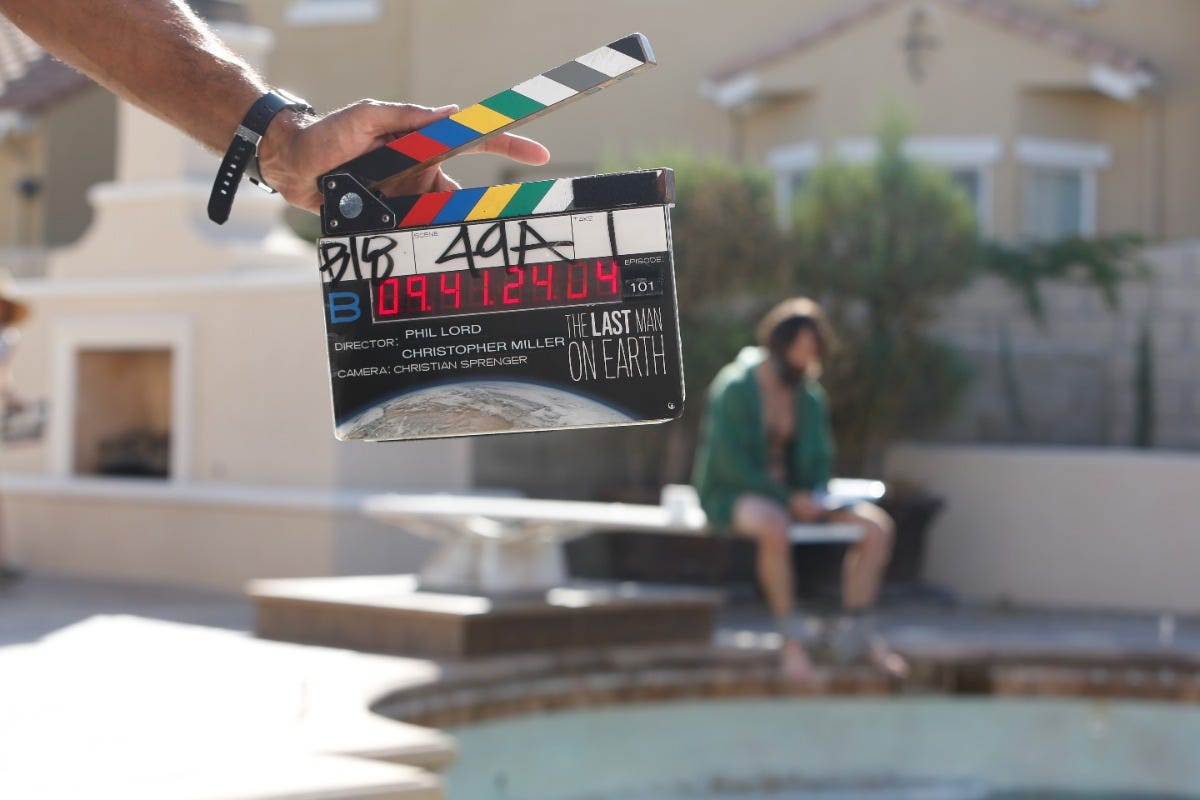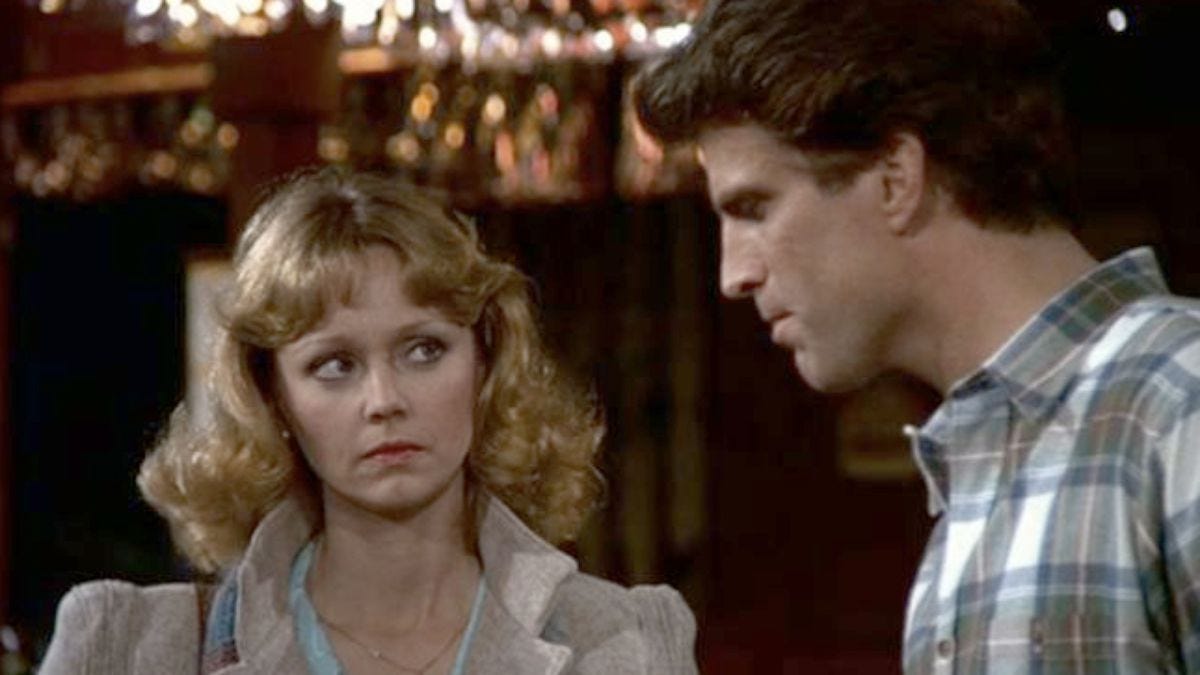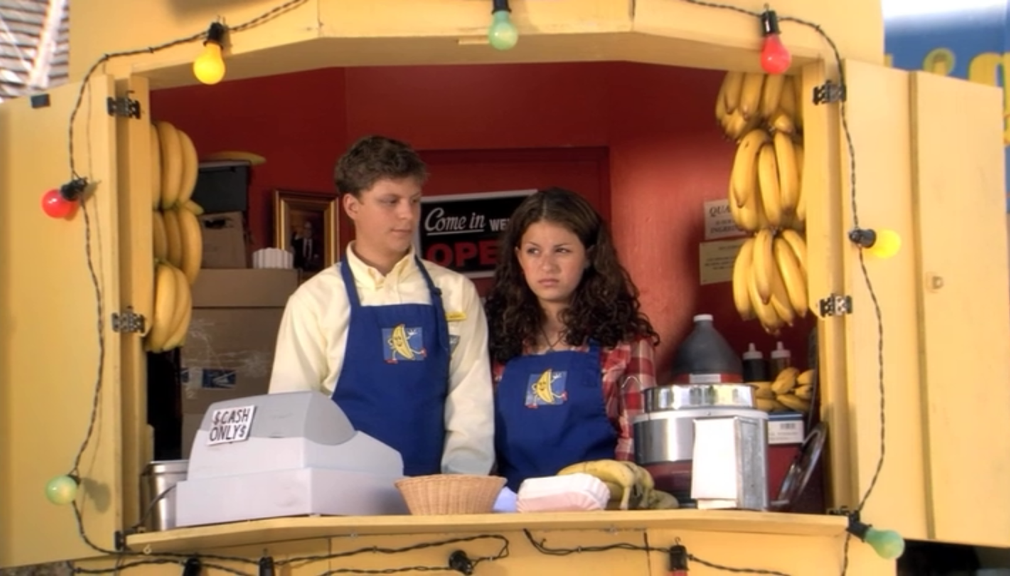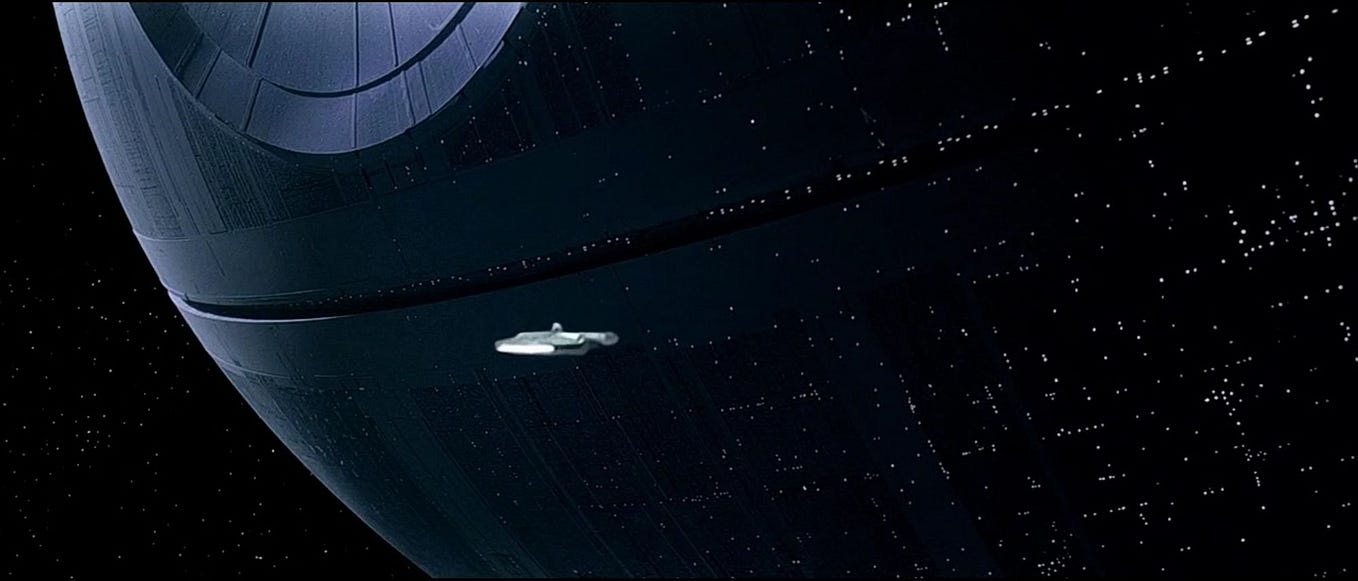How to Write a TV Pilot, pt. 4: Pre-writing & Outlining
Writing the script is the most enjoyable part of the process for me. One, because I’m actually doing the work that I set out to do when I started all this. And two, since I’ve worked out all of the script’s problems in the outlining stage, most of the difficult work is done and I can focus on the fun stuff.
I’d recommend outlining your script with as much detail as you feel is necessary. Since this is your pilot, your outline is only for you. So how detailed you are and how you organize the information should be entirely dependent on what will make your script stronger, as well as easier to write. If you want to be very detailed, be very detailed. You can plot out every beat of your script, every line of dialogue, every minute detail. But if you just want the bare skeleton of the structure down on paper, that works, too.
Outlining is especially important so when you’re writing your script, you know where you’re going. If you don’t know how your story is going to end, you run into the trouble of maybe not starting off with the right beginning to properly fulfill the ending you come out with. You may find out halfway through of a critical flaw in your story that makes the whole thing not work that you probably would have caught if you did an outline.
With a well-considered and detailed outline, you have the opportunity to iron out most of your story problems ahead of time so there’s less of a chance of having to go back to do a page one rewrite because you’ve screwed yourself.
Before You Outline
Even before you start outlining your story, consider what I wrote in the first part of this series. Know as much as you can about your protagonist and everyone populating your world before you begin. Know what your show is tonally. Know what themes, if any, that you want to convey. If you want to write something big and dumb and raucous, know that. Know things about every facet of your story — stuff that won’t even make it to the page.
The more information you arm yourself with, the fuller and more real your world seems — even if your world isn’t real at all. Small touches that inform the characters will give them depth and help them connect to the audience. Characters might come naturally to you, but the more work you put in ahead of time, the more you will get out of it in the end.
And Now You Can Outline
So once you feel like you know enough about your world, your characters, and the show you want to create, you can begin the outlining process. Personally, the way I do it is by creating a Word document, splitting up the story into three acts with headings and writing a short paragraph describing each scene. This is what works for me.
What also is helpful for me is mapping out the major story beats ahead of time. You start with your first and second act breaks, your midpoint, and your third act’s climax so you know what you’re working towards and then fill in the rest. Once you have it all down, you can examine the story and see if it all hangs together and makes sense.
When you’re in too deep with a story and you don’t give yourself a break, you can become blind to otherwise glaring problems and plot holes.
For me, I find that if I step back from it for a couple days, it’s a big help to come back and look at it with fresh eyes. When you’re in too deep with a story and you don’t give yourself a break, you can become blind to otherwise glaring problems and plot holes. Unless you’ve got an unbelievable deadline, take your time. Write your outline and then examine it thoroughly.
Trey Parker and Matt Stone of South Park have a system for storytelling and structure based on the words “therefore” and “but” that is worth checking out in that link. Like I said in previous parts, you want to make sure there are clear stakes, that your protagonist is driving the action, that there is something in between him or her and what they want to achieve, and that there is some satisfying conclusion to the story.
Story Break
In a writers room when you break a story, you “put it on the board.” It’s literal in its meaning — the room will have probably one or several whiteboards and together the writers will split the story into acts and write down the story scene by scene to serve as a skeleton for a fuller outline. Here’s what something like that would look like for Haunted Bakery:
I put the major story beats in blue — the opening sequence, the first act break, the midpoint, the second act break, and the climax. This is certainly a story with its share of problem areas (and also crucial chunks of story missing), but I just wanted to get it down to give something resembling a complete story as an example.
But for all its faults, it meets all the criteria I laid out in previous parts of this series. It’s a three act story with a character arc that fully sets up the situations and conflicts of what this show would be. And if I were to write a full outline and a script after that, this could certainly serve as a solid foundation to build upon.
Going from a skeletal board break like this, a writing staff would use it as a basis to write an outline to give to the network executives. Areas would be filled in and expanded as needed. At my Netflix job, we would go straight to script on approval of a two page out. But at my current job, the next step would be to complete a full outline, with each scene getting a full paragraph, similar to what I described above. An outline like this would be something like a five-to-ten page Word document for a half hour of television.
Once you’ve completed your outline and feel like you’re comfortable moving ahead, it’s time for the script stage — the fun part!







